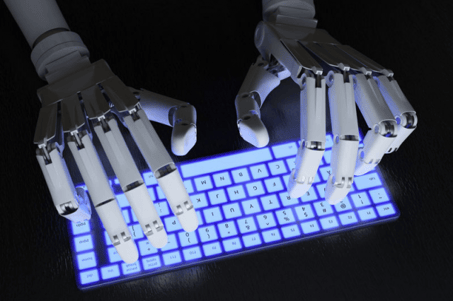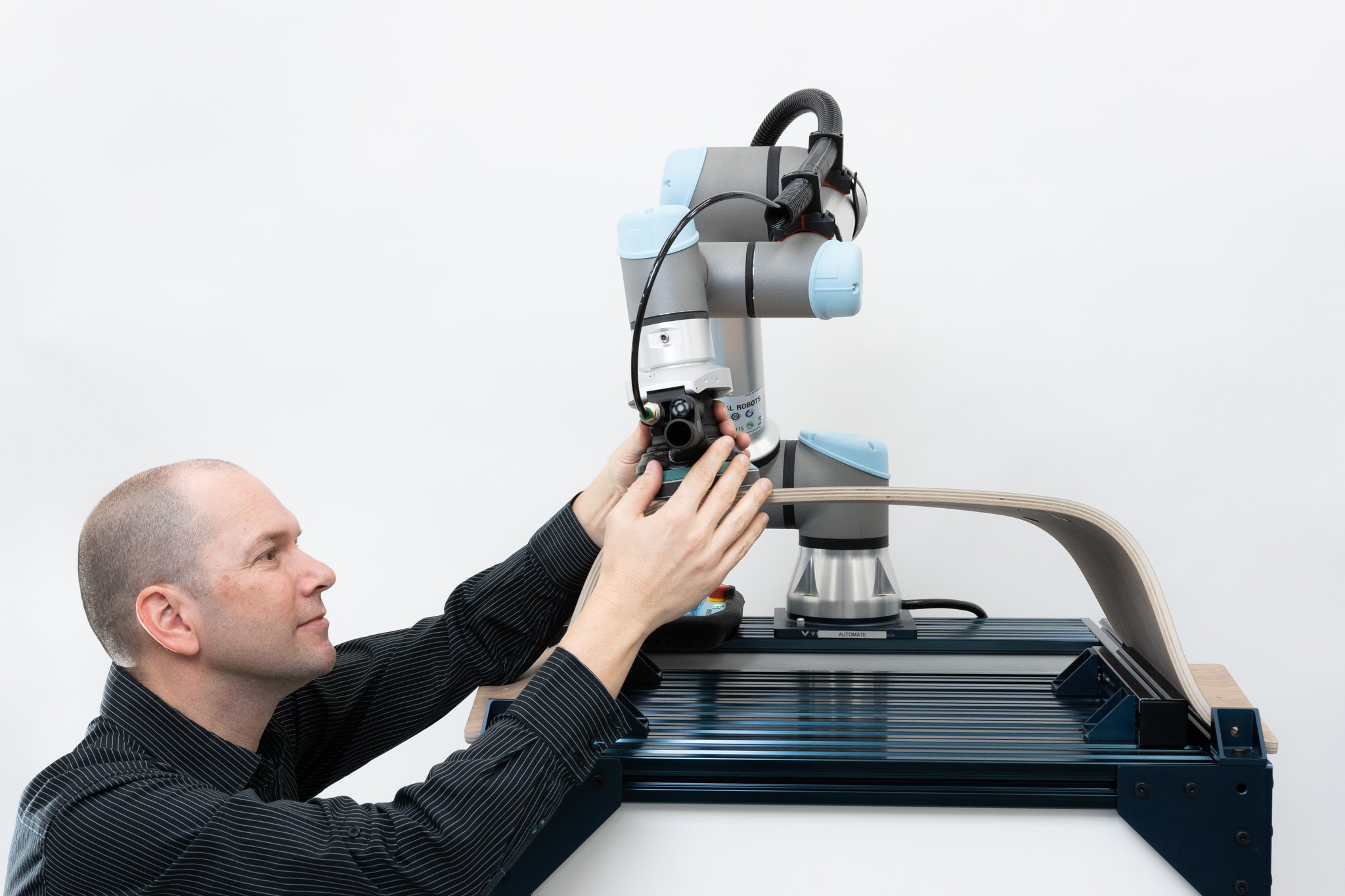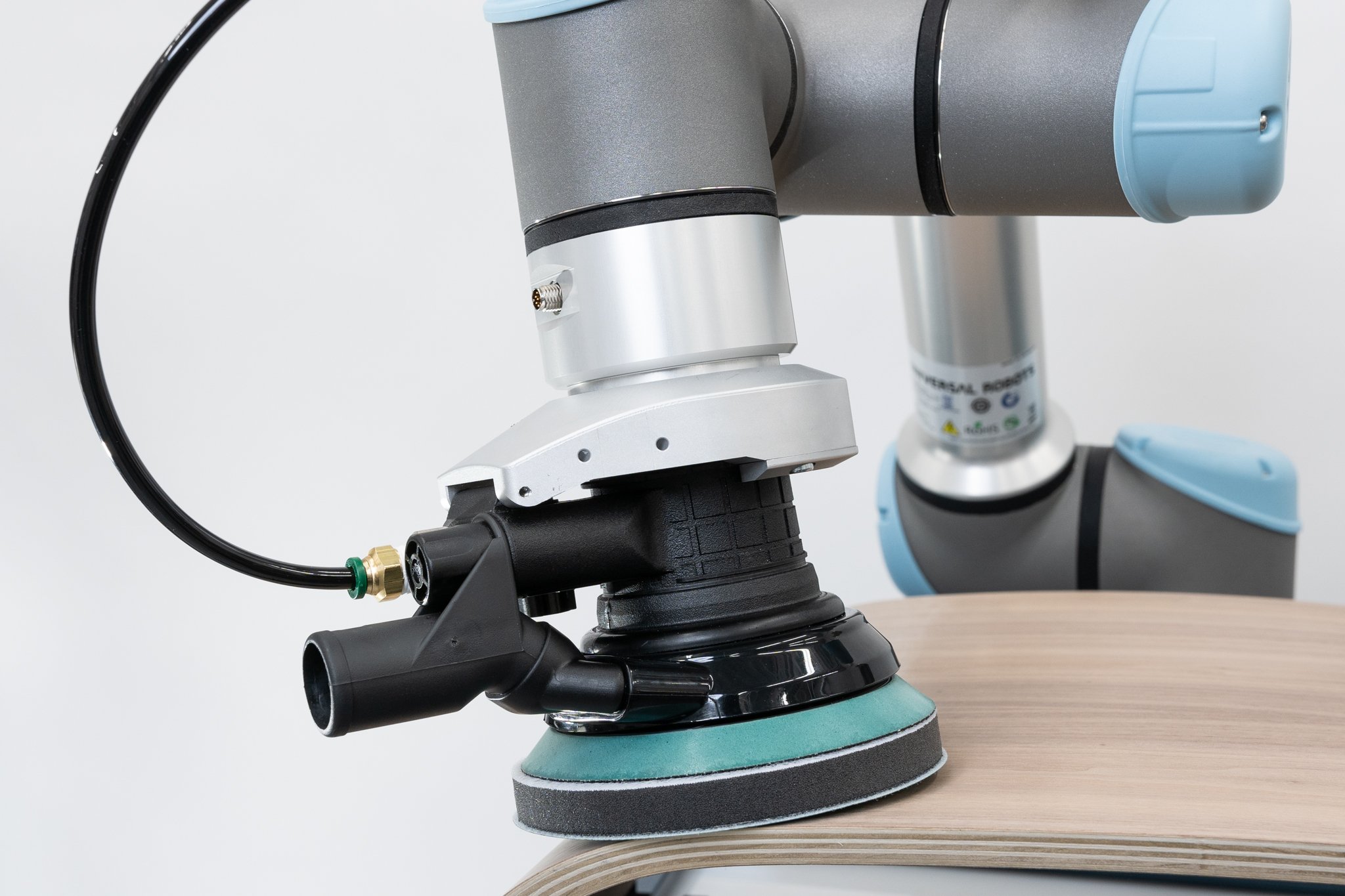What's New In Robotics This Week - Apr 1

Posted on Apr 01, 2016 7:00 AM. 7 min read time
First FAA approved drone delivery; Microsoft’s 'Hitler-loving sex bot'; Japanese AI writes a novel; DARPA's satellite servicing program, and more. Find out what's happening in our robotics universe this week. We hope that the news we have selected will interest and amuse you. Enjoy!
FIRST FAA-APPROVED DRONE DELIVERY MADE IN U.S. URBAN AREA (DRONE360)
Nevada based drone developer, Flirtey, became the first company to complete an FAA-approved drone delivery in the urban U.S. on March 25, marking a major milestone in UAV history.
The tests which included line-of-sight observers and backup control teams used a six-rotor drone to deliver water, food, and a first-aid kit.
"Conducting the first drone delivery in an urban setting is a major achievement, taking us to the day that drones make regular deliveries to your front doorstep," says Matt Sweeny, Flirtey CEO. "Drone delivery by Flirtey is set to save lives and change lifestyles."
"This was by far one of the most successful UAS operations we ran and represents an advanced level of test and development of UAS technology, flight planning, innovation, and mission execution by Flirtey," says Chris Walach, the Nevada UAS test site operations director. "The Flirtey team excelled in all aspects of safe flight operations in the National Airspace System."
Students of aviation history know how important early airmail delivery services were to the growth of commercial aviation and with major players like Amazon and Walmart investing in drone delivery systems this is an especially exciting segment of the UAV industry to watch.
[Further coverage from Fortune and ZDNet.]
MICROSOFT DELETES 'TEEN GIRL' AI AFTER IT BECAME A HITLER-LOVING SEX ROBOT WITHIN 24 HOURS (TELEGRAPH)
The wisdom of the crowd took a reputational hit recently when an AI from Microsoft was unleashed to an unsuspecting --and trolling-- Twitter public. The AI, modeled on a 'teen girl,' was created to improve the customer service of Microsoft's voice recognition software and --fatally, as it turned out-- to learn from its interactions with humans online.
"Humans like to say weird stuff online and enjoy hijacking corporate attempts at PR," The Telegraph noted, with some understatement.
Microsoft followed up this week with a blog post responding to the controversy and outlining some of its learning points:
As we developed Tay, we planned and implemented a lot of filtering and conducted extensive user studies with diverse user groups. We stress-tested Tay under a variety of conditions, specifically to make interacting with Tay a positive experience. Once we got comfortable with how Tay was interacting with users, we wanted to invite a broader group of people to engage with her. It’s through increased interaction where we expected to learn more and for the AI to get better and better.
The logical place for us to engage with a massive group of users was Twitter. Unfortunately, in the first 24 hours of coming online, a coordinated attack by a subset of people exploited a vulnerability in Tay. Although we had prepared for many types of abuses of the system, we had made a critical oversight for this specific attack. As a result, Tay tweeted wildly inappropriate and reprehensible words and images.
Looking ahead, we face some difficult – and yet exciting – research challenges in AI design. AI systems feed off of both positive and negative interactions with people. In that sense, the challenges are just as much social as they are technical. We will do everything possible to limit technical exploits but also know we cannot fully predict all possible human interactive misuses without learning from mistakes.
Microsoft makes an important point and one that's particularly challenging for roboticists working on bots designed to interact closely with humans --robots are predictable, humans on the other hand, are anything but.
PROGRAM AIMS TO FACILITATE ROBOTIC SERVICING OF GEOSYNCHRONOUS SATELLITES (DARPA)
The U.S. Defense Advanced Research Projects Agency (DARPA) has revived its in orbit servicing efforts through a new public-private partnership program called Robotic Servicing of Geosynchronous Satellites (RSGS).
Under the plan, DARPA's commercial partners will add a DARPA developed modular toolkit, including hardware and software, to a privately developed spacecraft to create a commercially owned and operated Robotic Servicing Vehicle.
DARPA will contribute robotic technology, including a robotic arm, expertise, and a government funded launch. Meanwhile, DARPA's commercial partners will contribute the satellite to carry the robotic payload, integration of the payload, and the mission operations center and staff.
“The ability to safely and cooperatively service satellites in GEO would vastly expand public and private opportunities in space. It could enable entirely new spacecraft designs and operations, including on-orbit assembly and maintenance, which could dramatically lower construction and deployment costs while extending satellite utility, resilience and reliability,” said RSGS program manager Gordon Roesler. “Commercial and government space operators have sought this capability for decades. By investing together, we can achieve a capability that would be extremely challenging to do individually.”
A JAPANESE AI PROGRAM JUST WROTE A SHORT NOVEL, AND IT ALMOST WON A LITERARY PRIZE (DIGITAL TRENDS)
Move over Haruki Murakami, there's a new novelist in town... and it's a piece of software:
The novel is actually called The Day A Computer Writes A Novel, or “Konpyuta ga shosetsu wo kaku hi” in Japanese. The meta-narrative wasn’t enough to win first prize at the third Nikkei Hoshi Shinichi Literary Award ceremony, but it did come close. Officially, the novel was written by a very human team that led the AI program’s development. Hitoshi Matsubara and his team at Future University Hakodate in Japan selected words and sentences, and set parameters for construction before letting the AI “write” the novel autonomously. One of the team’s two submissions to the competition made it past the first round of screening, despite a blind reading policy that prevents judges from knowing whether an AI was involved in the writing process.
DRONE SALES COULD REACH 7 MILLION BY 2020, FAA SAYS (GOVERNMENT TECHNOLOGY)
The FAA's Aerospace Forecast for fiscal years 2016 to 2036 (PDF) predicts that more than 7 million small unmanned aircraft will be flying in US skies by 2020.
By 2020, the FAA predicts hobbyists will be flying 4.3 million aircraft, while commercial users will be operating 2.7 million of the units sold.
The forecast precedes the publication of regulations for operating small unmanned aircraft in the national airspace expected from the FAA later this spring.
"The number of small UAS forecasted is highly uncertain and is dependent on the regulatory structure ultimately adopted," the report said. "Once a final rule for small UAS is published, they will become more commercially viable than they are today."
ROBOPOCALYPSE NOW!
We haven't had a Robopocalypse Now! entry --dedicated to overdramatic reporting about robotics-- for a while, but this headline deserves an entry for being completely at odds with the numbers in the map itself. See the article, This map shows which countries are being taken over by robots in Business Insider.
AND FINALLY...
Automated Anesthesiologist Suffers a Painful Defeat (MIT Technology Review)
Switzerland Will Host the First Cyborg Olympics (Smithsonian)
The Second Amendment Isn’t Prepared for a 3D-Printed Drone Army (Motherboard)
Robots grow up: Building the emotional machine (Robohub)
Meet Little Casper, a robot designed to help children suffering from cancer (euronews)
Microsoft knows we will lose in robot war, argues for coexistence (The Verge)











Leave a comment